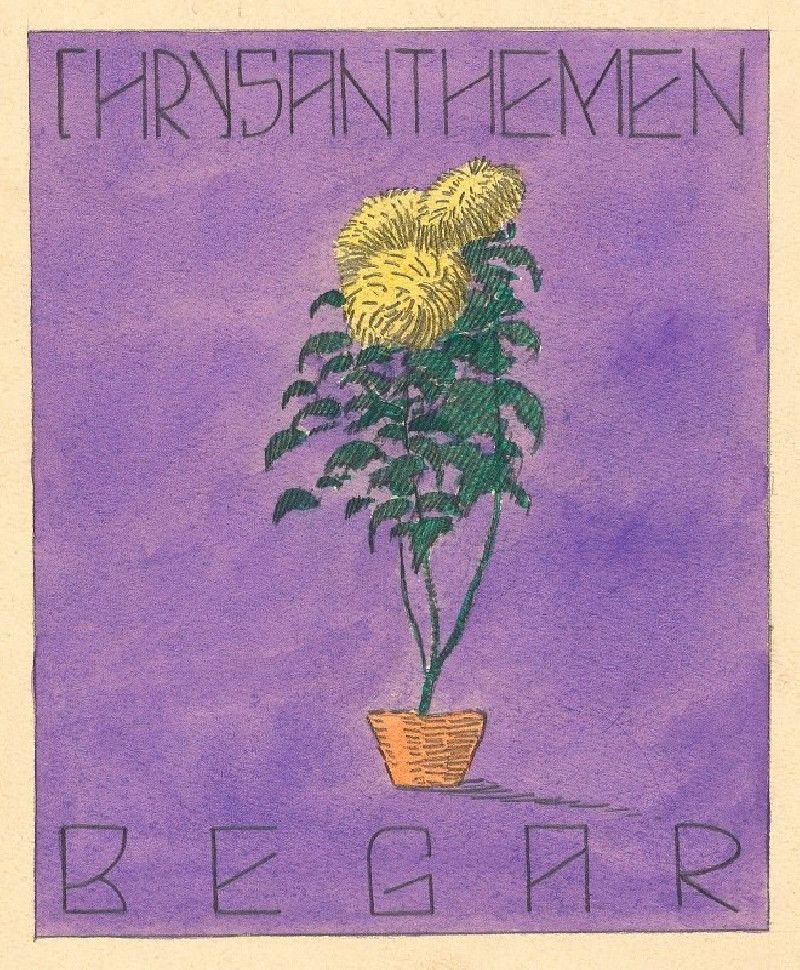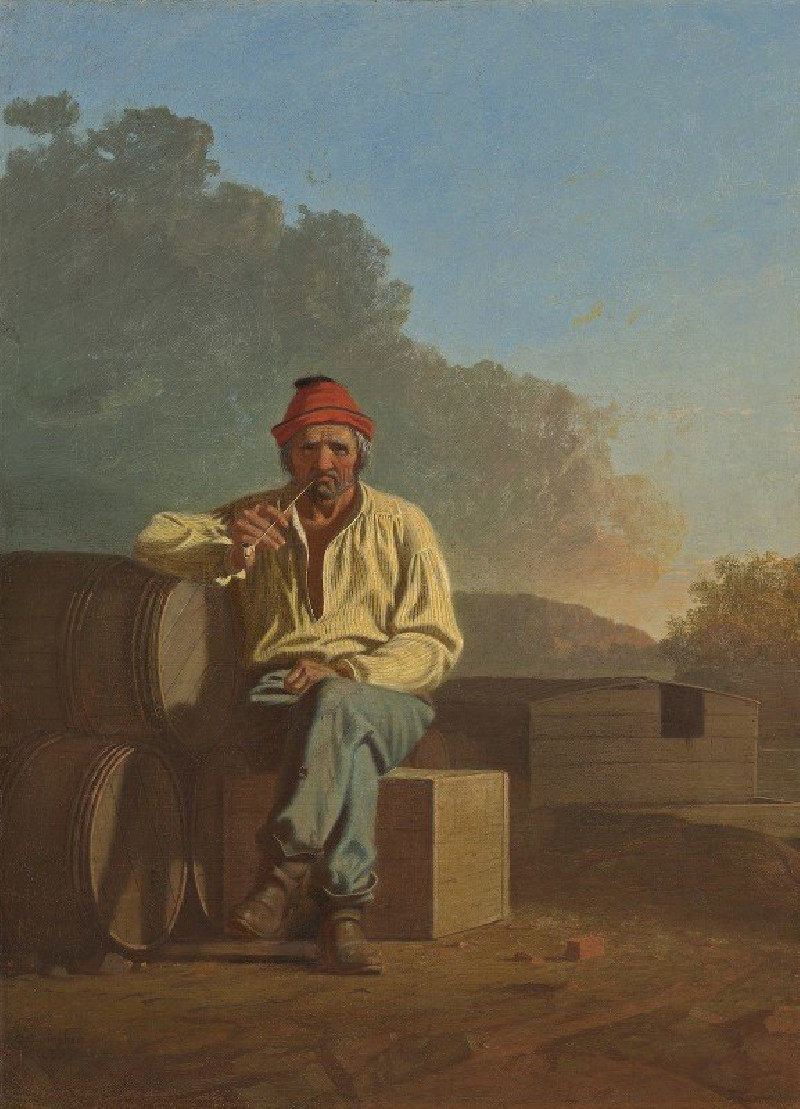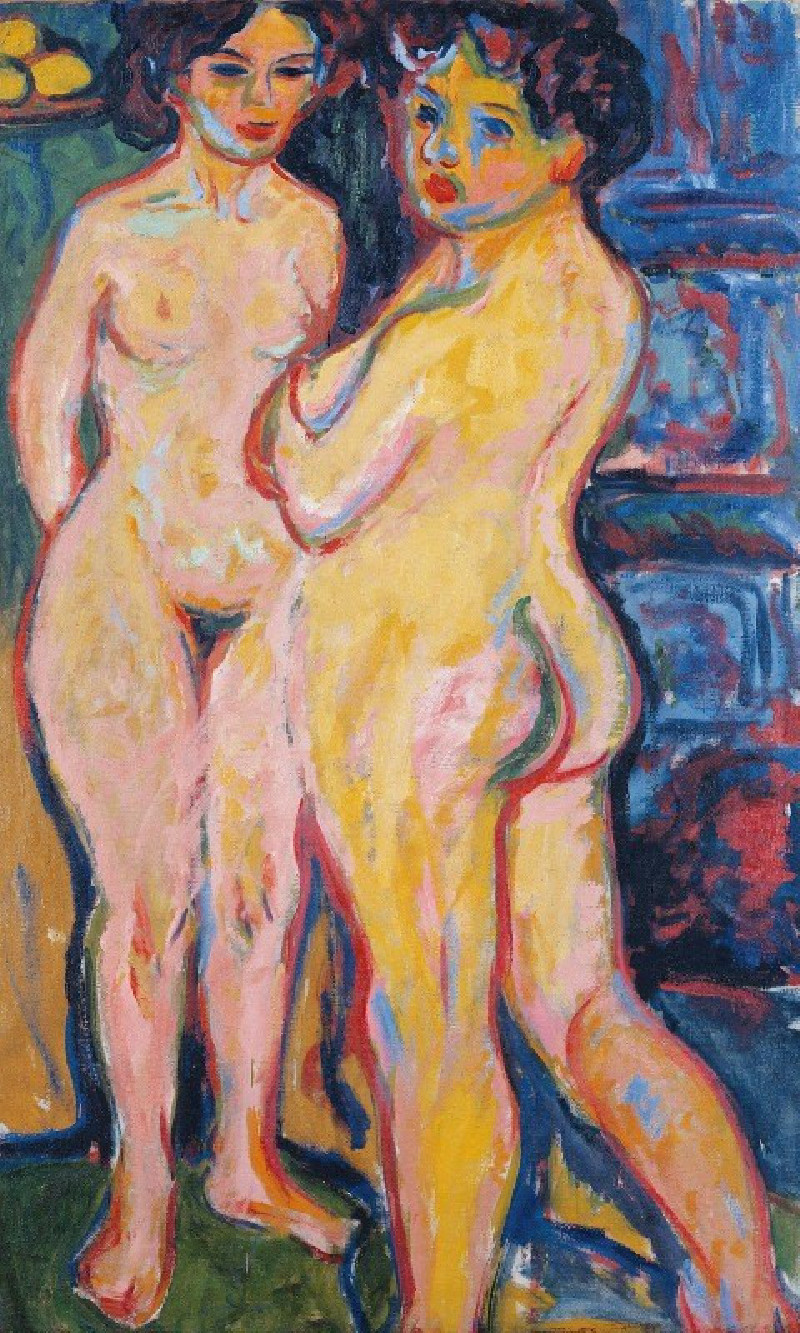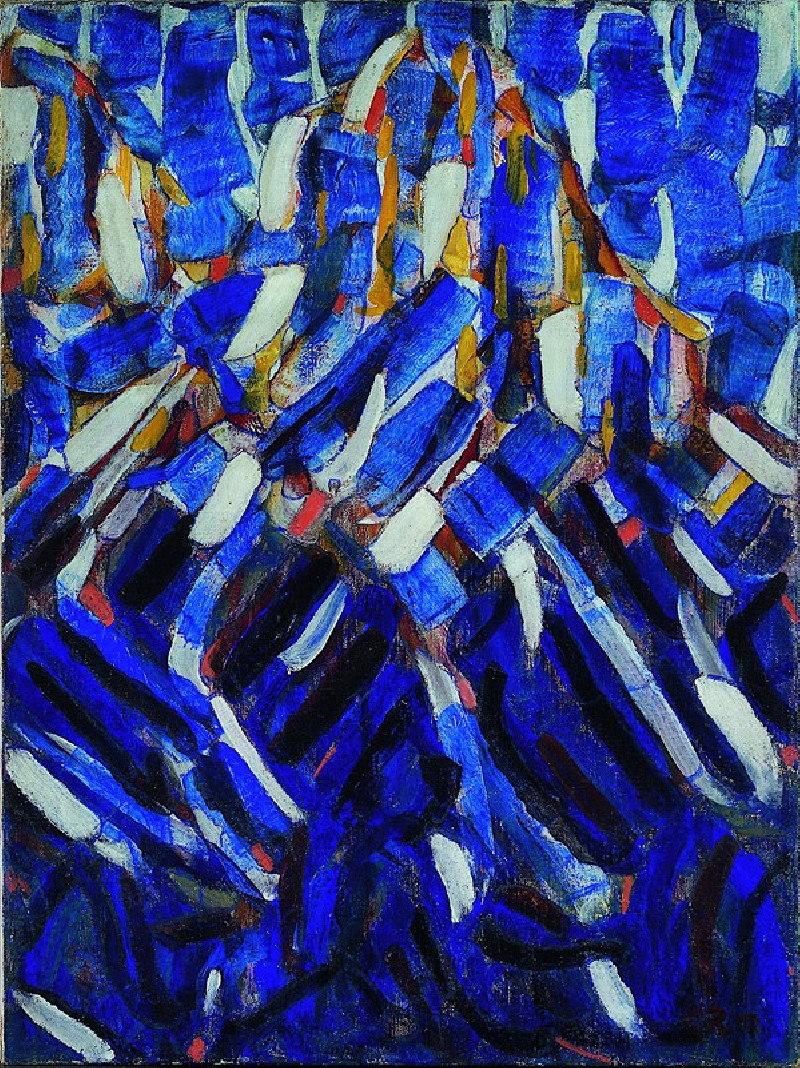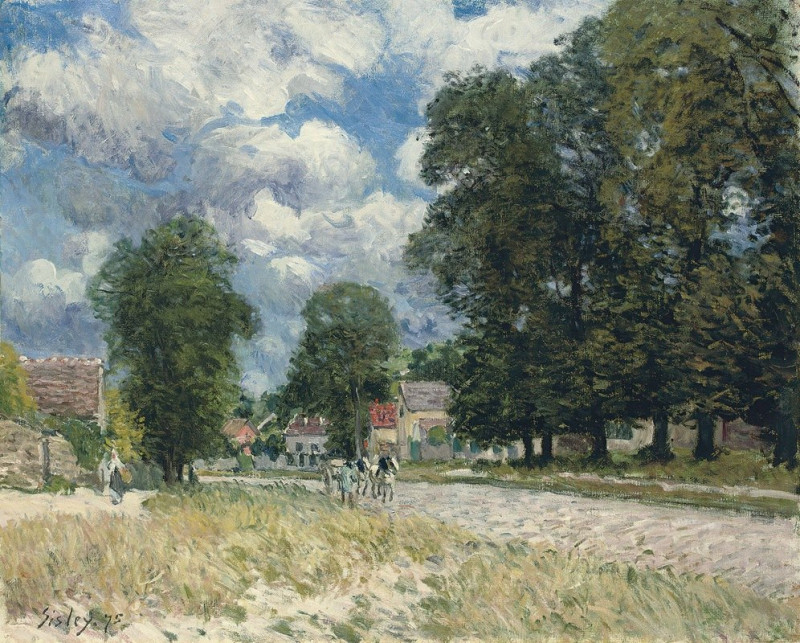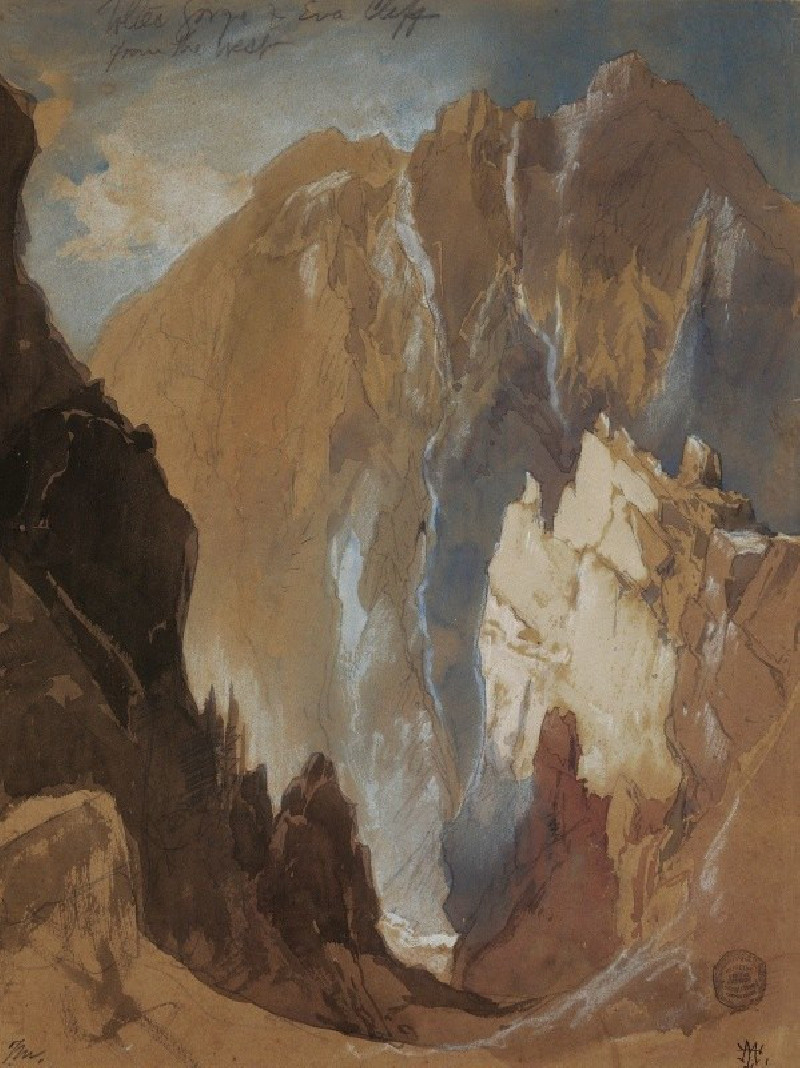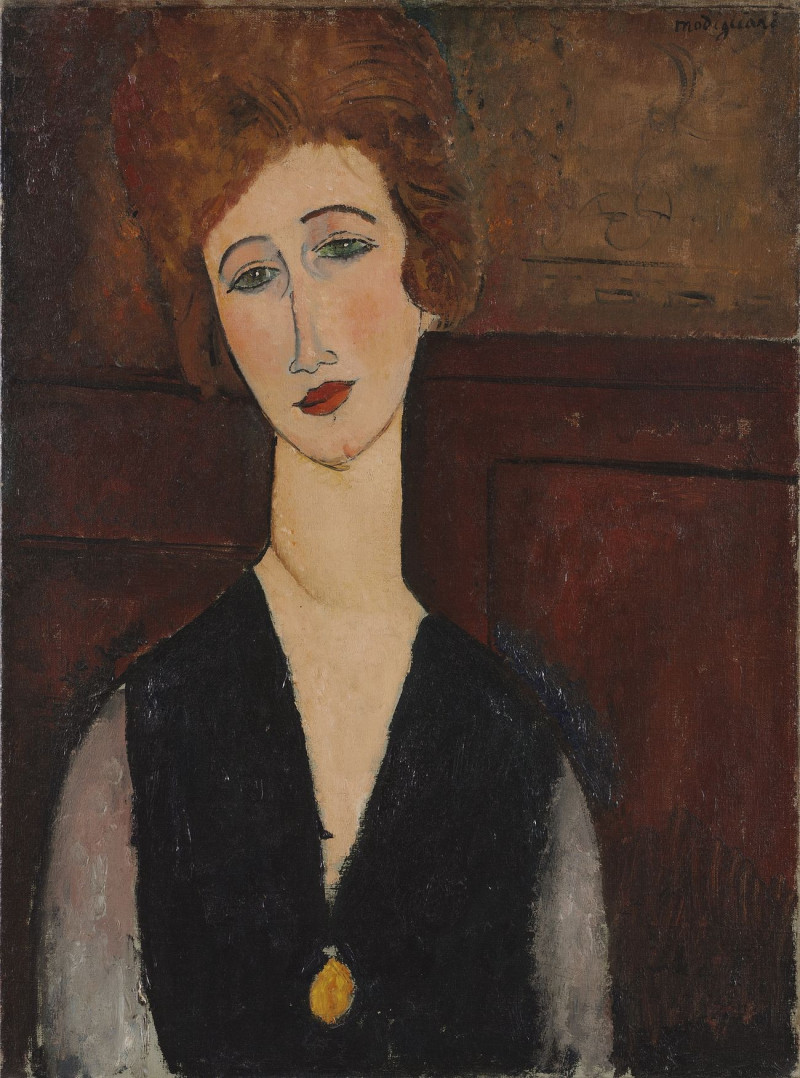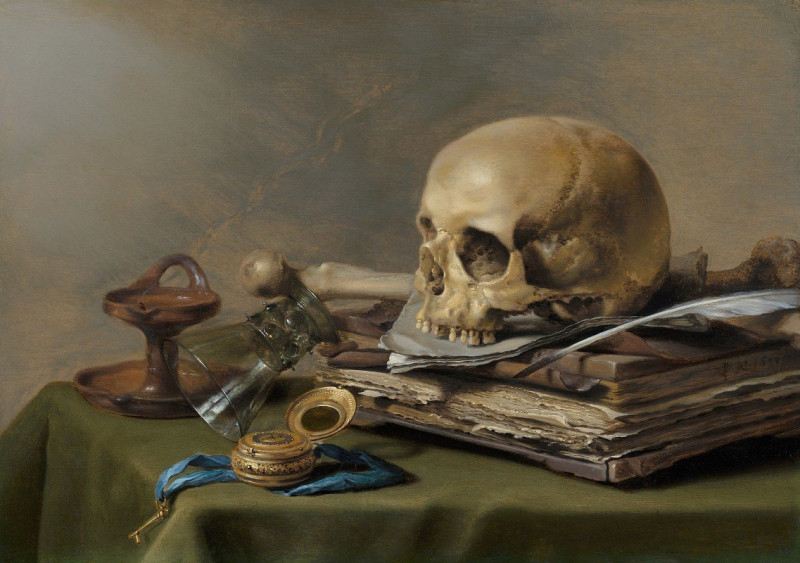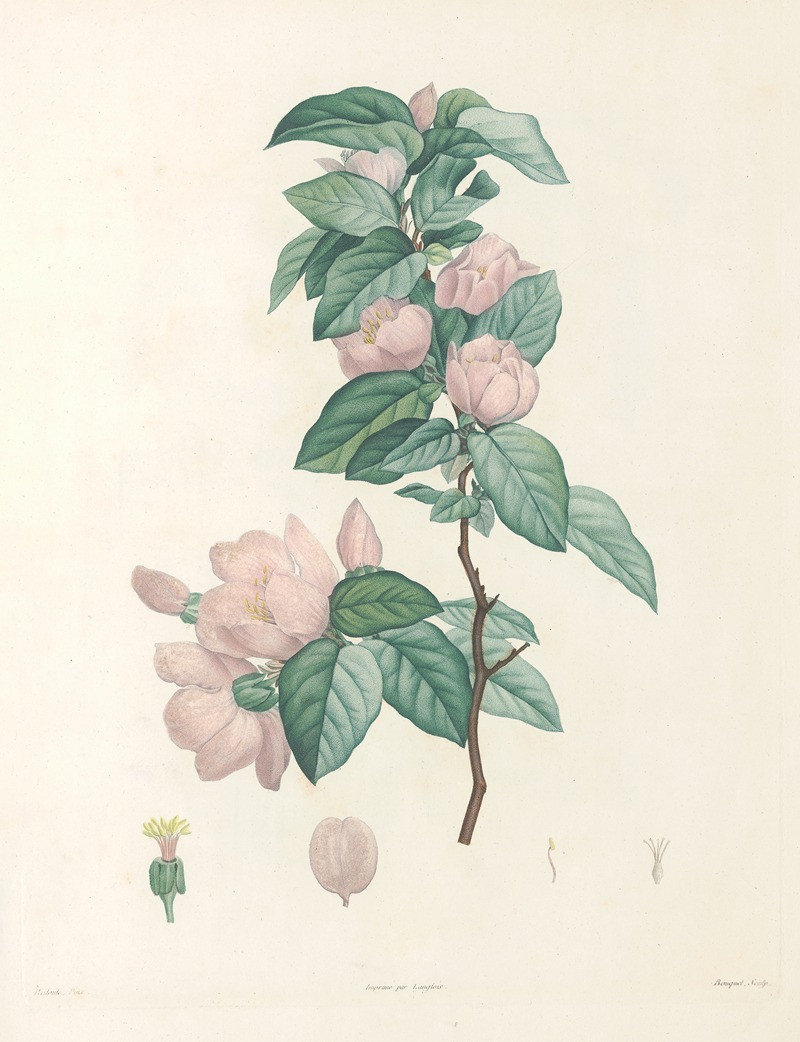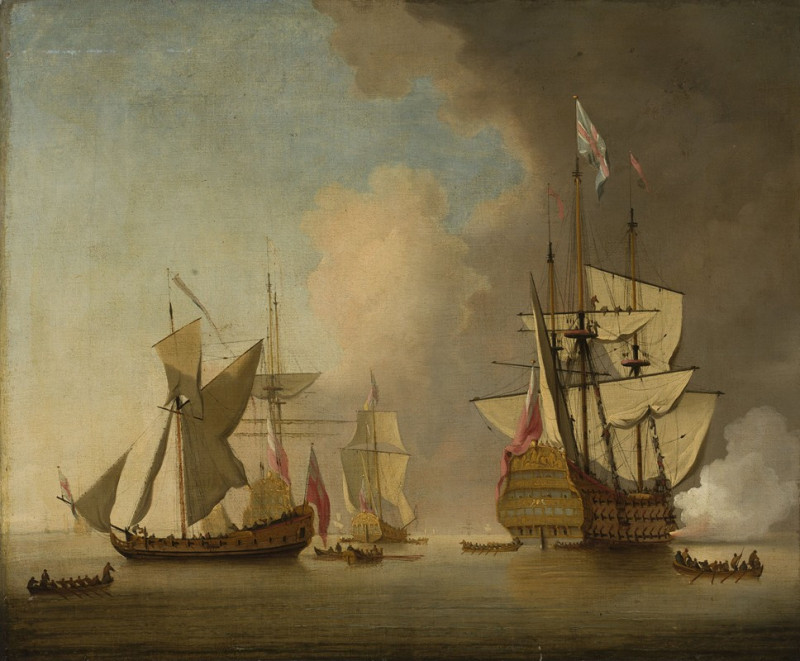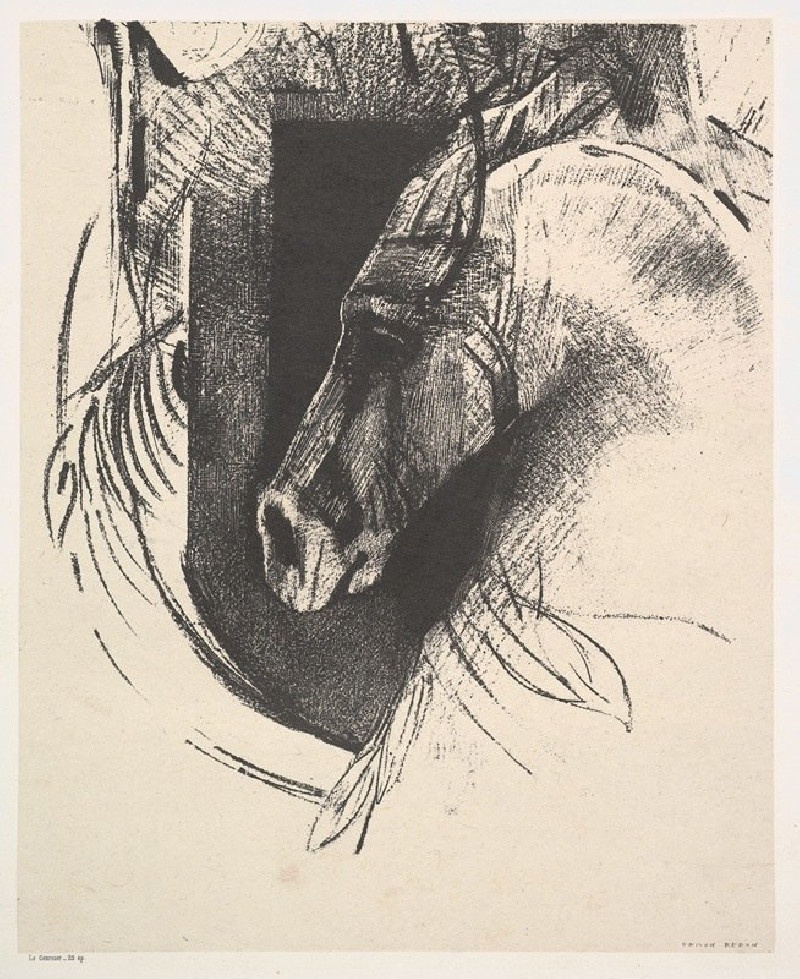Chrysanthemen Begar (1919-1920)
Technique: Giclée quality print
Recommended by our customers
More about this artwork
"Chrysanthemen Begar" (1919-1920) by Karl Wiener is a captivating artwork that beautifully exemplifies the unique blend of simplicity and vibrancy. This painting captures a solitary potted chrysanthemum, depicted in striking shades of yellow, against a bold purple background. The green foliage is lush and textured, contrasting pleasantly with the smooth, almost ethereal quality of the purple backdrop.Karl Wiener has masterfully utilized an inky texture to give depth and movement to the plant, which seems to burst forth from the pot, full of life and vitality. The title of the painting, "Chrysanthemen Begar," is intriguingly integrated into the composition, with letters placed both at the top and the base of the image, echoing the traditional forms of poster design from the early 20th century. This suggests that the painting might also have a decorative or commemorative purpose.Through his distinctive style and bold use of color, Wiener not only highlights the natural beauty of the chrysanthemum but also imbues it with a sense of character and resilience.

